5. The Missouri Breaks (1976)
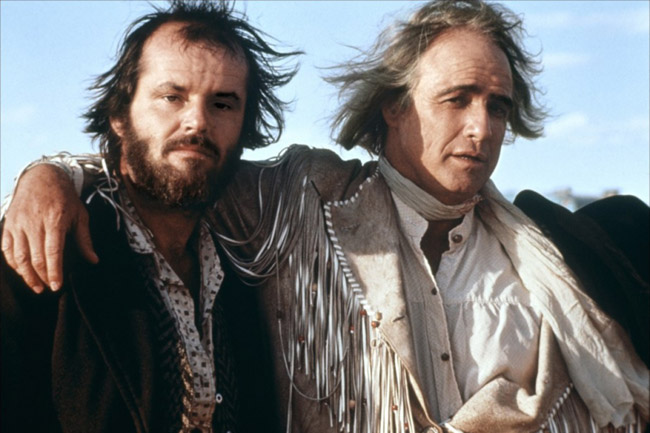
Even though Brando was having a comeback with “The Godfather” and “Last Tango in Paris” and Jack Nicholson was everywhere for his “One Flew Over the Cuckoo’s Nest” performance, “The Missouri Breaks” ended up being a commercial flop and even the initial reviews weren’t fine, despite them getting much better in following years. The movie is set in late 19th century Montana and it’s one of those stories where there is not exactly a hero; Tom Logan (Jack Nicholson) makes his living by stealing horses from wealthy ranchers. Then there is the egocentric rancher David who captures and kills one of Logan’s men. Time comes for avengement, and David sends ruthless Regulator Clayton (Marlon Brando).
Rumor is that tensions were a bit high on the set, since Brando was difficult to work with. Nicholson didn’t like the way he was using cue cards and director Arthur Penn had to give up on giving him directions since he was doing whatever he wanted, but the result is still excellent. The acting is kind of top notch here and Clayton is almost one of Brando’s most interesting characters. Nicholson is also great but Brando’s eccentricity steals the whole show. Then there is Harry Dean Stanton in the cast, which is always a bonus. Humorous dialogues, very interesting characterizations, and great settings, as well as John Williams music are just some of the many things that makes “The Missouri Breaks” an entertaining ride.
4. In a Valley of Violence (2016)
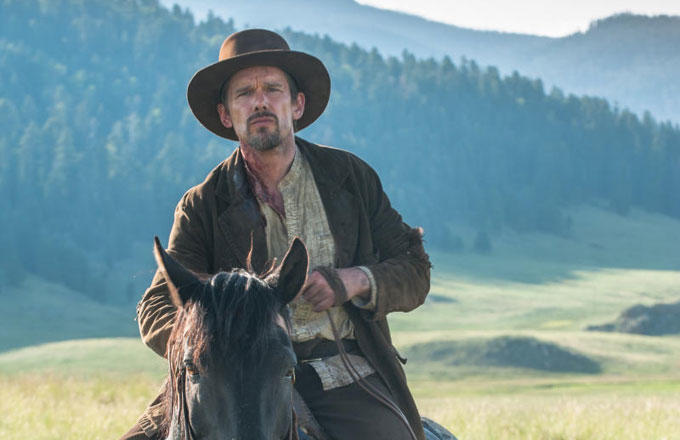
Ti West is a director with a notable fan base among horror fans and movie critics. Nowadays we talk about Eggers, Aster, Peele and others but West was making hip horror stuff like “House of the Devil” and “The Innkeepers” before them. He’s obviously passionate about filmmaking and especially the movies of previous decades where he keeps the old-school traditions alive in his movies. Same goes for his spaghetti western tribute “In a Valley of Violence,” which follows a simple story that is not far different from the classical stories of the era but West, with a limited budget, keeps the magic alive.
The whole thing is easy to watch and very entertaining; Travolta goes back to those over-the-top villainous roles that he used to take more often, Ethan Hawke makes a cool leading man, and Taissa Farmiga steals the show with her comedic timing. The most important thing is that West gets the balance right; it doesn’t take itself seriously, it’s funny but not to a degree of parody, and that it was shot on 35-millimeter film certainly adds a lot to the cinematic quality.
In the end, it doesn’t pretend to be a big movie and it doesn’t break new rules but it doesn’t need to. It’s just a fun homage with great actors and sometimes that’s enough for great entertainment. It’s surprisingly more accessible to audiences than his usual stuff as well. Again, no need to watch it with big expectations, or any kind of expectation – you may be surprised how much you end up liking it.
3. The Tall T (1957)
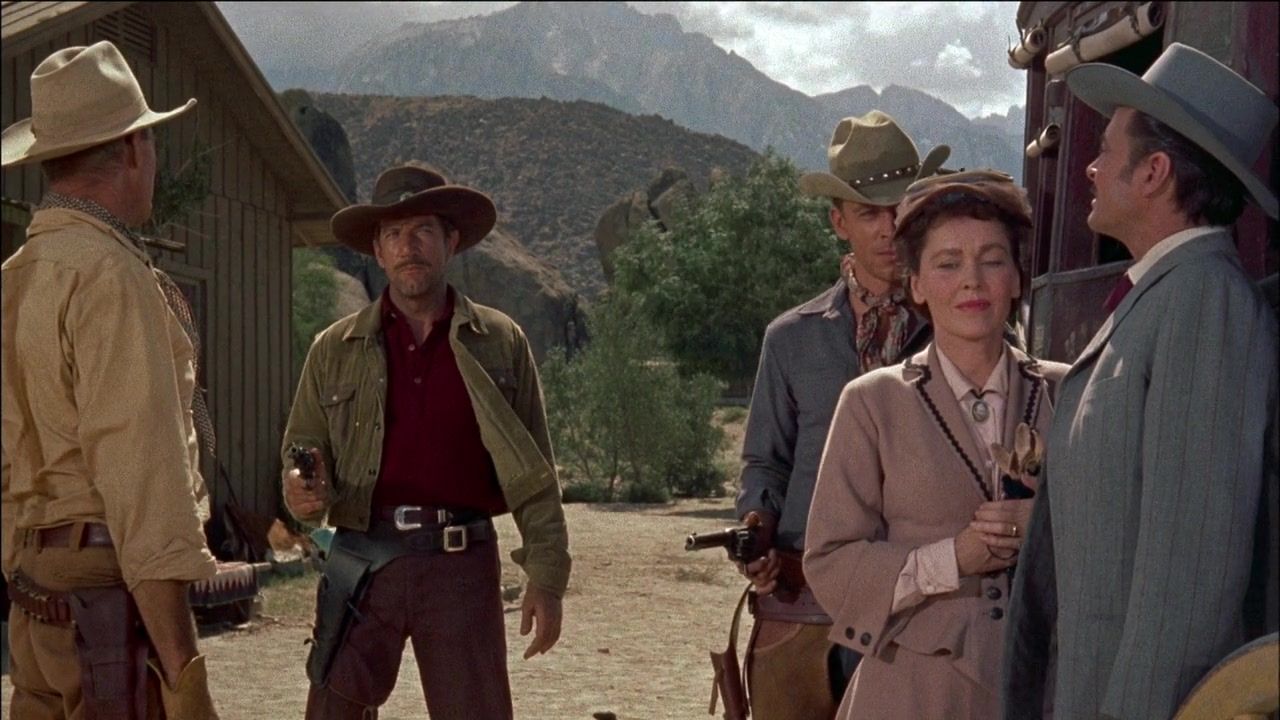
An intelligent effort, “The Tall T” is one of the low-budget western films from director-actor collaboration of Budd Boetticher and Randolph Scott, who made one of their finest works. It’s an example of how you can make a great movie with a limited budget and can make a great feature with just a straightforward simple story.
The movie remains underrated because it just doesn’t look interesting from an outside perspective; even if I’d write down the plot, it’d sound like a stereotypical western and the title itself doesn’t say much. This director-actor duo is not necessarily legendarily outside of western fans but “The Tall T” is everything you can expect and more from a great western. It’s funny, the dialogues are great, very well-directed all around, thrilling storyline with a likable hero, very fine villain, great scenery and the film is based on a story by the great Elmore Leonard.
At least the movie has a major fan: Martin Scorsese. If you catch the documentary titled “A Personal Journey with Martin Scorsese Through American Movies” (1995), he gives a great explanation on why this film is unique, how it gives more moments to character development over action, and should be appreciated much more. It’s amazing that under this direction, even the most simple sides of the story end up having a much deeper meaning.
2. Meek’s Cutoff (2010)
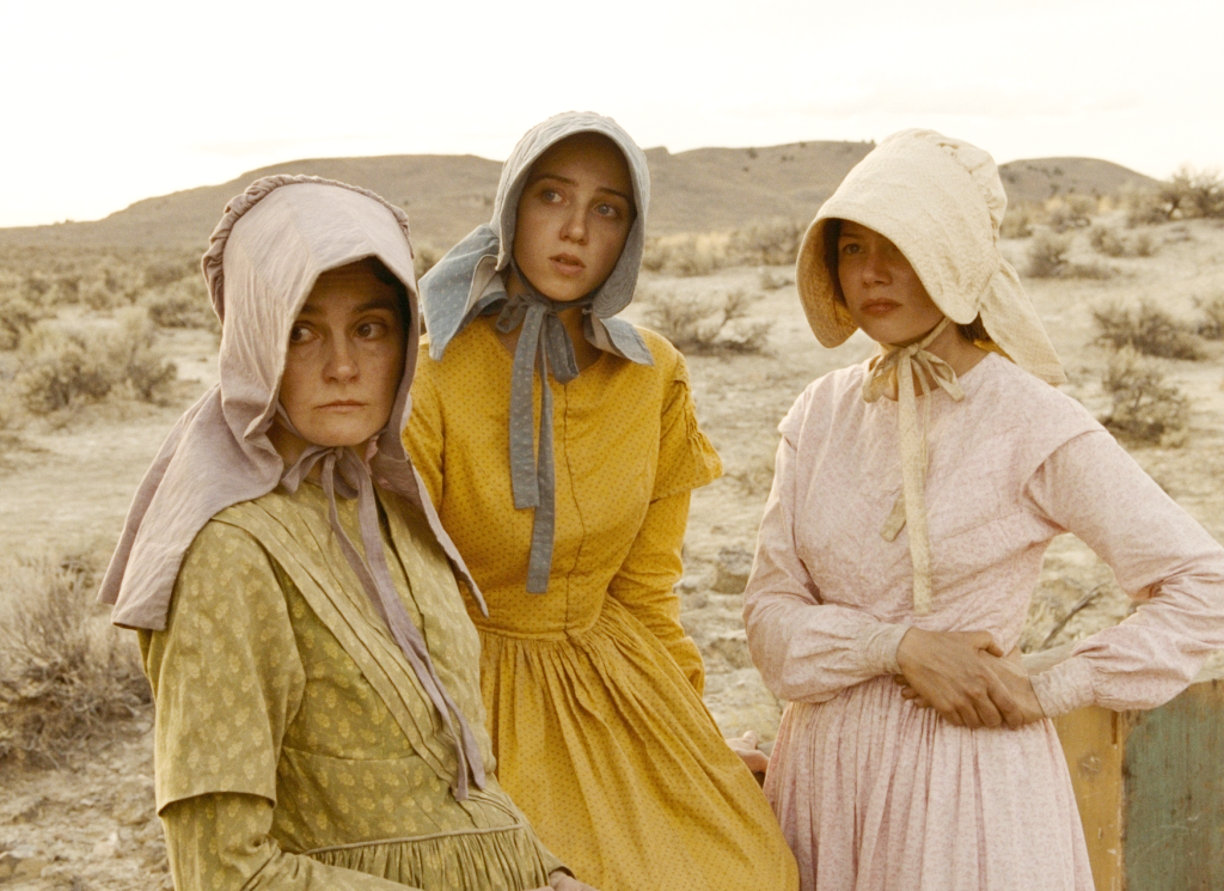
Probably the most “arthouse” title on the list is “Meek’s Cutoff” from the amazing Kelly Reichardt. This film is an unconventional, powerful, and strong western drama about the journey of three families. In 1845, three couples struggled with their covered wagons through the deserts and mountains of the American Northwest. Growing doubts become more and more noticeable on the arduous journey, because Stephen Meek, who is supposed to bring the group to Oregon, turns out to be the guide who has lost orientation. Emily, the film’s focal point, distrusts Meek right from the start, finally advises in the hopeless situation to follow a stranger whom only recently has she previously perceived as human being – a captive Indian.
The movie is beautiful all around; the journey here is about what our characters are going through, not where they are going. It’s a film that is gorgeous to look at but it’s the topics that the film deals with that make it so fascinating to watch; the feeling of the hostile environment and the resulting group dynamics, the everyday life of the settlers and the tensions between characters. One would wish Kelly Reichardt would never have a problem getting budgets for her films and keep delivering such great films as much as she can. Bruce Greenwood’s performance is particularly striking.
1. The Great Silence (1968)
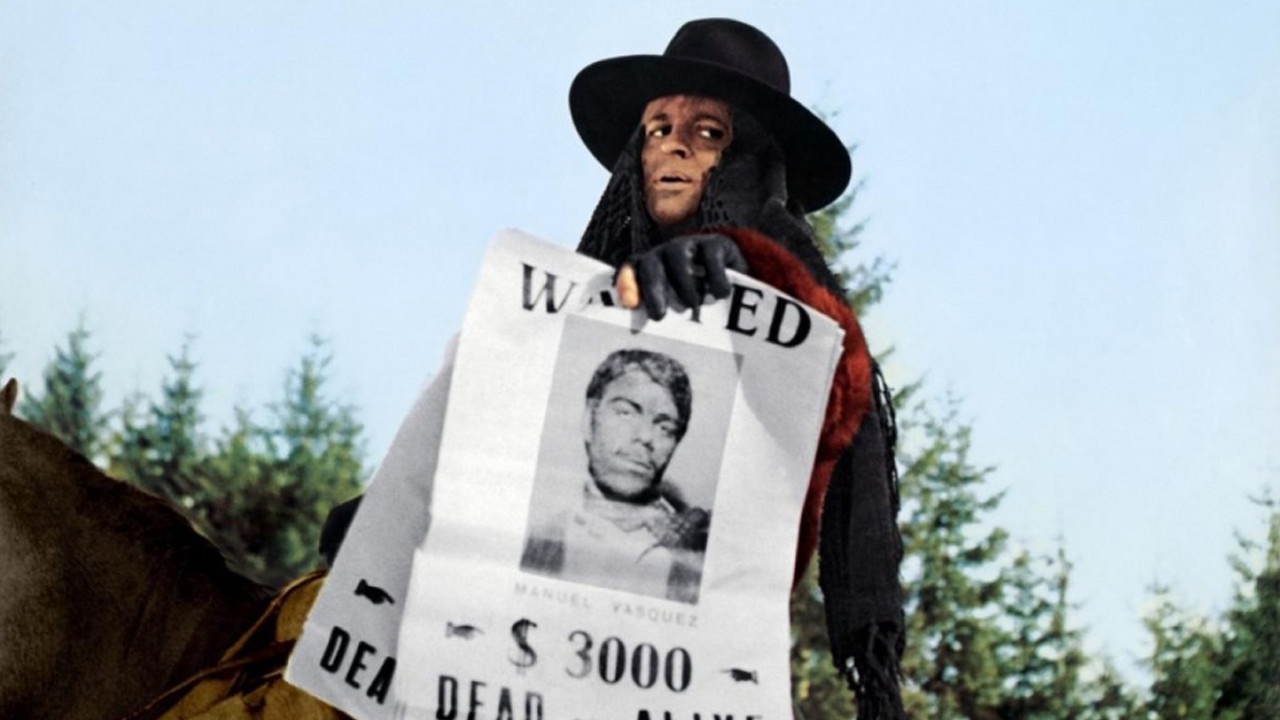
A politically-charged allegory inspired by the deaths of Ernesto “Che” Guevara and Malcolm X – which is somewhat evident especially in the ending – this film’s plot follows a mute gunslinger who defends a young widow and a group of outlaws against a gang of bounty killers. The lead character is portrayed by Jean-Louis Trintignant; he couldn’t speak Italian, so rather than dub him, Corbucci wrote his character as a mute, a speechless Lone Ranger. The movie takes place in Utah prior to the Great Blizzard of 1899, a severe winter weather event that affected most of the US and that atmosphere adds a lot to the film.
With a compelling storyline, this extremely cynical-brutal Italian western is a major work of its genre and for its director Sergio Corbucci. “The Great Silence” didn’t do that well at the box office back at the time and even though its reception got much stronger in the following years and has received some kind of cult following, the movie still needs to be seen by more and should be appreciated more.
Its bleak, gritty tone serves as a possible criticism of sentimentally optimist westerns, which is also one of the several things that makes this movie a standout. This is a brutal movie, so its violence can be off-putting for some, but it’s not without reason and the violence doesn’t exactly solve the problems of our main character. The whole ugliness serves a purpose and are just some of the many things that makes ‘The Great Silence” an unforgettable experience.